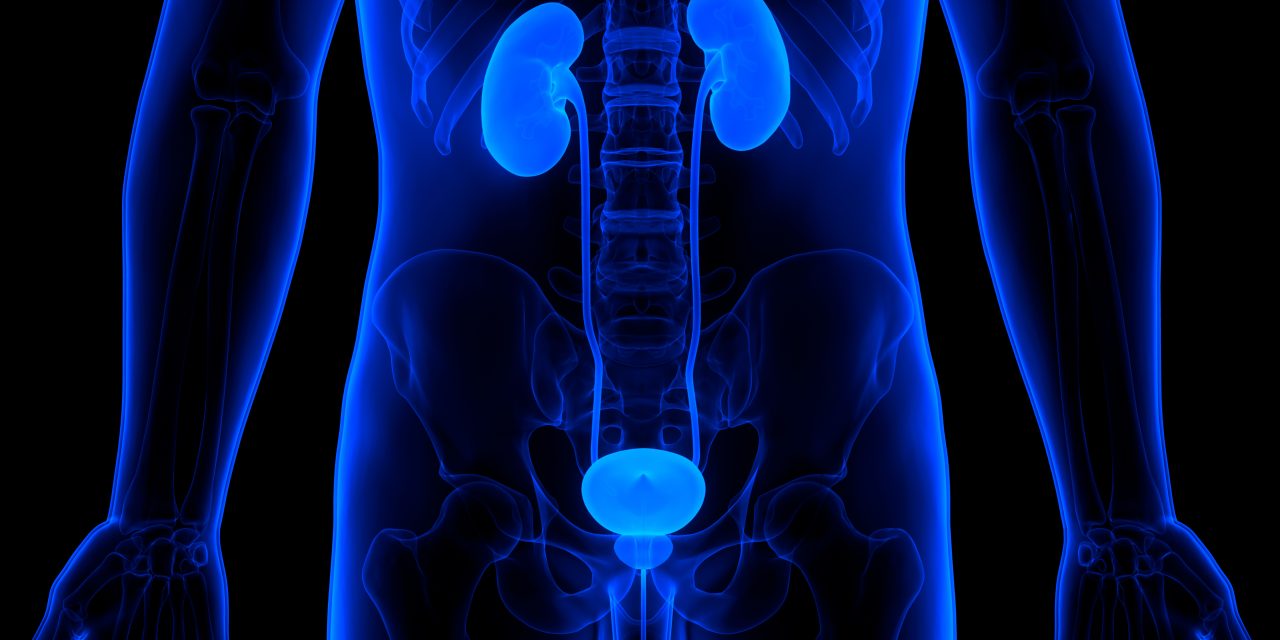The failure rate following prostate artery embolization (PAE) is around 20%, which may in part result from inadequate embolization. Prostate contrast retention (PCR) adequacy on immediate post-embolization cone-beam CT may provide better assessment of embolization completeness than arterial contrast stasis seen on fluoroscopy alone. The aim of this study was to evaluate outcomes of PAE using PCR adequacy as the procedural endpoint.
A retrospective cohort study of all PAE cases using this technique at a single large volume center was conducted. Following initial embolization of the main prostatic arteries, if PCR was inadequate, additional embolization was performed. Technical success (adequate PCR) was defined as > 75% global prostate gland contrast staining. Clinical success was determined in accordance to CIRSE standards of practice.
One hundred sixty-five patients (mean age 68 ± 8.4 years) underwent PAE from June 2017 to March 2019. Technical and clinical success rates were 98.8% and 96.4% respectively. Clinical success rate was significantly higher in patients with adequate PCR. International Prostate Symptom Scores (IPSS) and Quality of Life (QoL) scores significantly improved at 1-, 3-, 6-, and 12-month follow-up when compared to baseline. Prostate volume (PV) and post-voiding residual bladder volume were significantly reduced at 3, 6, and 12 months in comparison to baseline. Mild (Clavien-Dindo grade I/II) and moderate (grade III) complication rates were 12.1% and 3.6% respectively.
By using PCR adequacy as a guide to determine the procedure endpoint for PAE, it may be possible to achieve more complete embolization and thus higher clinical success rates.
• By using PCR adequacy as a guide to determine the procedure endpoint for PAE, it may be possible to achieve more complete embolization and thus higher clinical success rates.
Using prostate contrast retention (PCR) as the procedural endpoint in prostatic artery embolization for benign prostatic hyperplasia.


